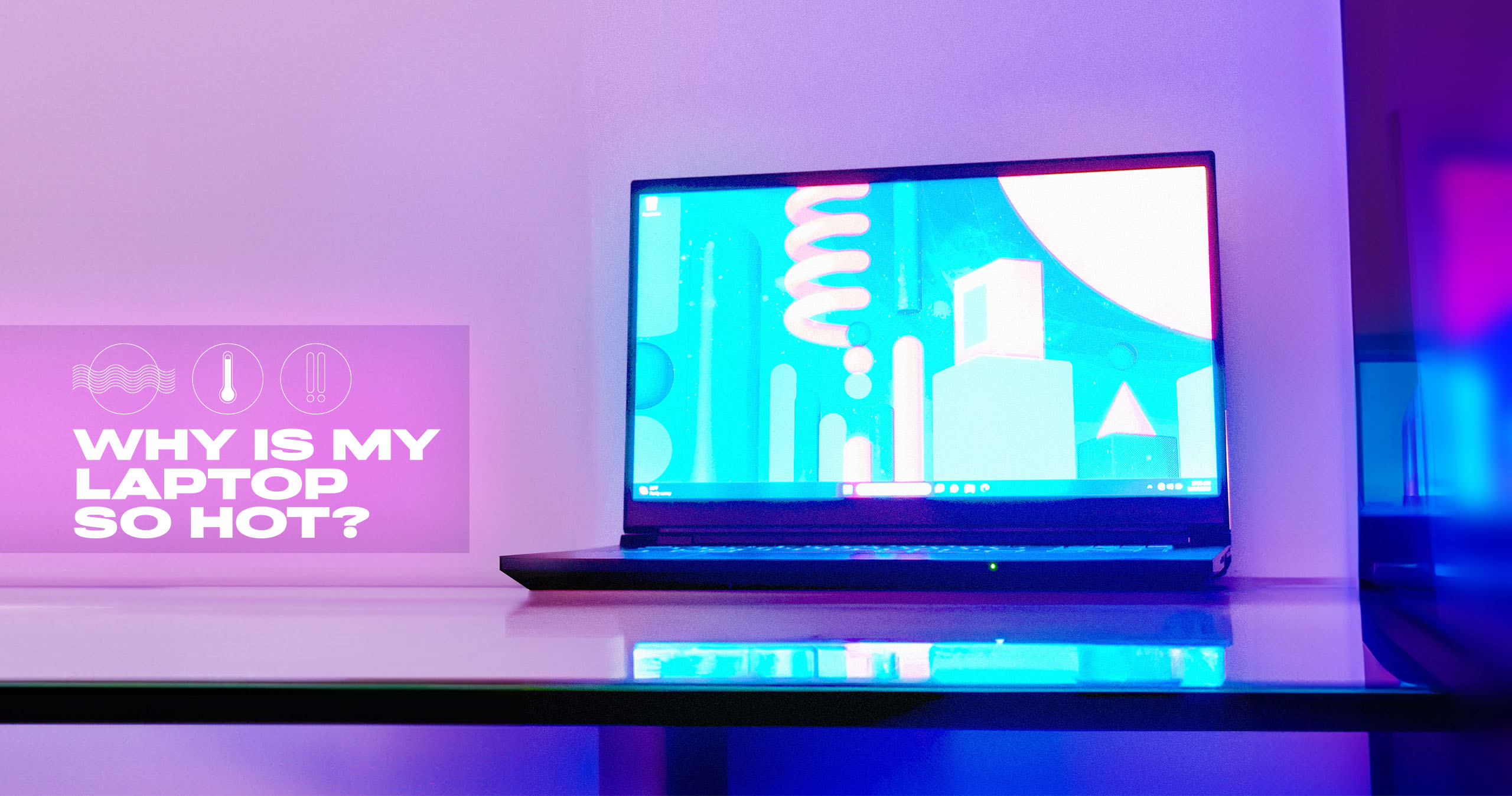
Just a few years ago, Huawei was ascendant. The Chinese megafirm was on-track to become the world’s largest smartphone maker, and then it was slapped with trade restrictions by the US government. This cut it off from some of vital technology needed to produce today’s most advanced mobile chipsets. With its new Mate 60 Pro, Huawei has debuted a domestically designed and produced ARM system-on-a-chip (SoC) that is intended to stand alongside and compete with the latest smartphone platforms in the market, namely Qualcomm. But does it? We’ve benchmarked Huawei’s new flagship Kirin 9000S on board the new Mate 60 Pro and found it trails in many ways, but let’s give you a bit of background first and set expectations.
The Kirin 9000S is a product of Huawei’s HiSilicon division, and it was produced by China’s Semiconductor Manufacturing International Corporation (SMIC). Before the trade restrictions, Huawei worked with TSMC on advanced silicon, but SMIC doesn’t have access to the same level of technology. The new Kirin 9000S is built upon a 7nm process node rather than the more advanced 4nm or 3nm chips TSMC is currently making for the smartphone industry. However, some experts who have examined the Kirin 9000S have even suggested it’s an even more archaic 14nm chip in disguise. Regardless, this is Huawei’s first 5G, flagship chipset in several years.

The Kirin 9000S features four semi-custom Taishan V120 ARM CPU cores, along with a pair of ARM Cortex A510 efficiency cores. There’s also a quad-core Mailiang 910 GPU, presumably based on ARM’s Mali architecture. This should give the Kirin 9000S respectable power, but as you’ll see, specs don’t always equate to something that meets performance expectations.

Geekbench 6 is a cross-platform benchmark that simulates real-world processing workloads. While it’s completely synthetic, it can help compare devices from a raw number-crunching perspective. In this test, the Mate 60 does particularly poorly, coming in behind the relatively ancient Galaxy S20 Ultra, which had a Snapdragon 865.
PCMark, on the other hand, aims to be a more realistic test of functionality, assessing things like image and video editing, as well as lighter-duty, everyday workloads such as email and web browsing. Again, the Kirin 9000S is running behind even the three year old Galaxy S20 Ultra here, as you’ll see…

AnTuTu is a generalized benchmark that aims to test all parts of a chip and then calculates the results into a somewhat nebulous score. In this test, the Kirin chip runs far behind every modern SoC from Qualcomm, MediaTek, and Google. Yes, even the benchmark-trailing first-gen Google Tensor puts up higher scores.

Huawei stresses AI and machine learning capabilities of its phones, but we found little to no optimization for ML algorithms in the next test.

The AITuTu benchmark shows the Mate 60 barely cracking 90,000, which puts it behind devices like the LG V60 ThinQ (Snapdragon 865) and Google Pixel 5a (Snapdragon 765G). Those are both 7nm chips that existed before every manufacturer was actually obsessed with on-device AI.
That GPU doesn’t do much better here. In the gaming-specific 3DMark Wild Life test, the Mate 60 can’t even keep up with Galaxy S21, which is powered by Qualcomm’s Snapdragon 888. In the Wild Life stress test, the chip doesn’t throttle at all however, because it’s likely not running high enough clock speeds to begin with.



We also ran the phone through the GFXBench Manhattan and Aztec tests, which test OpenGL and Vulkan graphics performance, respectively. In Manhattan, the Mate 60 tied the OnePlus 9 Pro, which is powered by a generations old Snapdragon 888. In Aztec, the Mate 60 gets close to the Tensor-based Pixel 6 Pro, which has notoriously mediocre graphics performance.
Key Take-Aways And Our Conclusion With Kirin 9000S

The performance metrics we’ve gotten from this phone are decidedly unimpressive. It can’t compete with the latest mobile SoCs or even many that are years old. Still, we’re impressed that the Kirin 9000S exists at all. In a few years, China’s domestic chip manufacturing has ramped up despite lacking access to western technology. SMIC is several generations behind the likes of TSMC, but apparently it’s making progress. Domestically produced Chinese SoCs may some day go toe-to-toe with Qualcomm, but the Kirin 9000S simply isn’t a viable flagship mobile processor in 2023.






